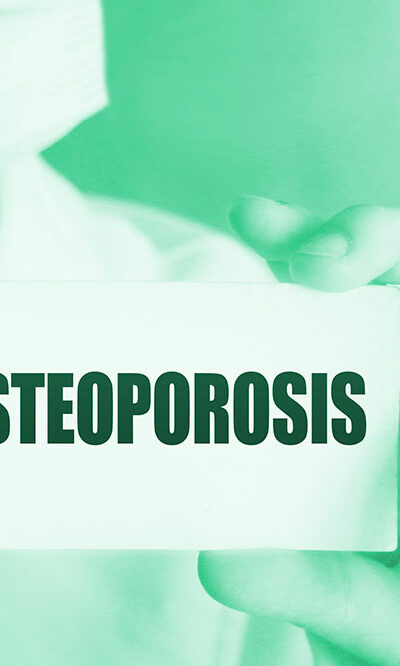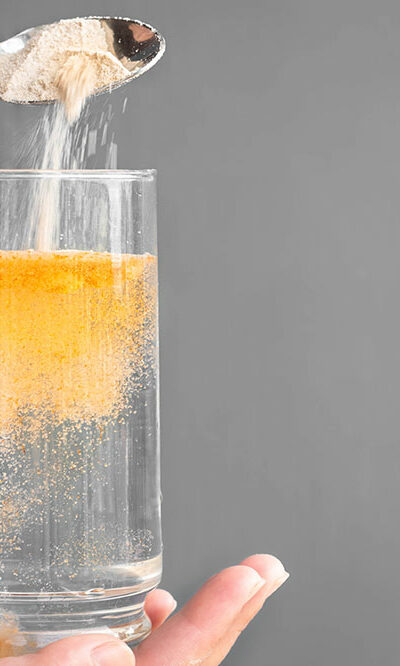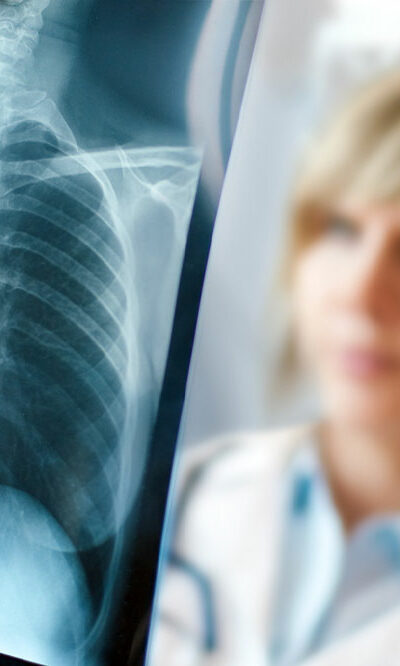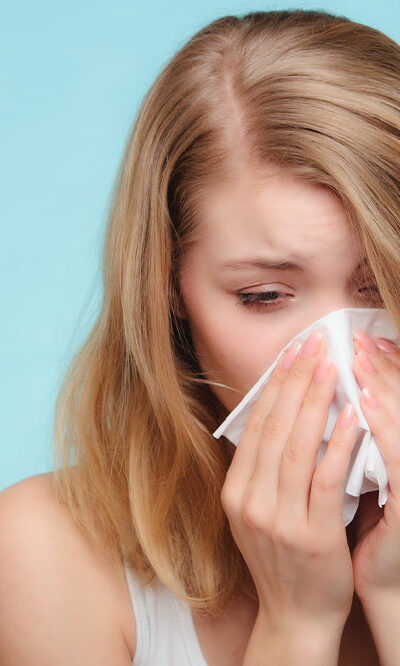
Achieving Healthy Skin – Top 10 Skincare Myths Debunked
Many people wish for healthy and glowing skin. However, achieving this goal is easier said than done. It requires effort, time, and money. Furthermore, today one will find the Internet filled with skincare tips and a few myths that can cause more harm than good. These myths can unnecessarily complicate one’s beauty regimen and, in some cases, even cause harm to one’s health. Keep reading to know more about these skincare myths. Popular skincare myths debunked Here are a few common skincare myths: Tight skin after cleansing equals clean skin Most people believe that the tightness of their skin after cleansing their face means clean skin. However, this skincare myth is far from the truth. This sensation of dryness is a negative sign. It indicates that the skin has been stripped of the necessary moisture and nutrients that are needed to keep it healthy and glowing. Furthermore, using common soaps can disrupt the pH level of the skin, leading to disruption of the skin barrier and skin damage. Hence, as an alternative, experts recommend using oil-based cleansers to keep the skin supple. The order of skincare products does not matter Although most people use several skincare products, such as cleansers, moisturizers, and toners, every day, sometimes they use them in the wrong order. This happens when people believe skincare myths that imply that their skincare products’ order does not matter. Even though improper usage of the products may not cause much harm, not using them in the right order will result in inadequate absorption of the products by the skin. This can cause the skincare products to not do their job efficiently. Hence, as a general rule, one must use products from the thinnest to the thickest. This allows moisture to be sealed in and keeps the skin hydrated. Oily skin does not need moisturizers If an individual has oily skin, they might skip applying moisturizer, as their skin is already slick, has better skin preservation, and has fewer wrinkles.










